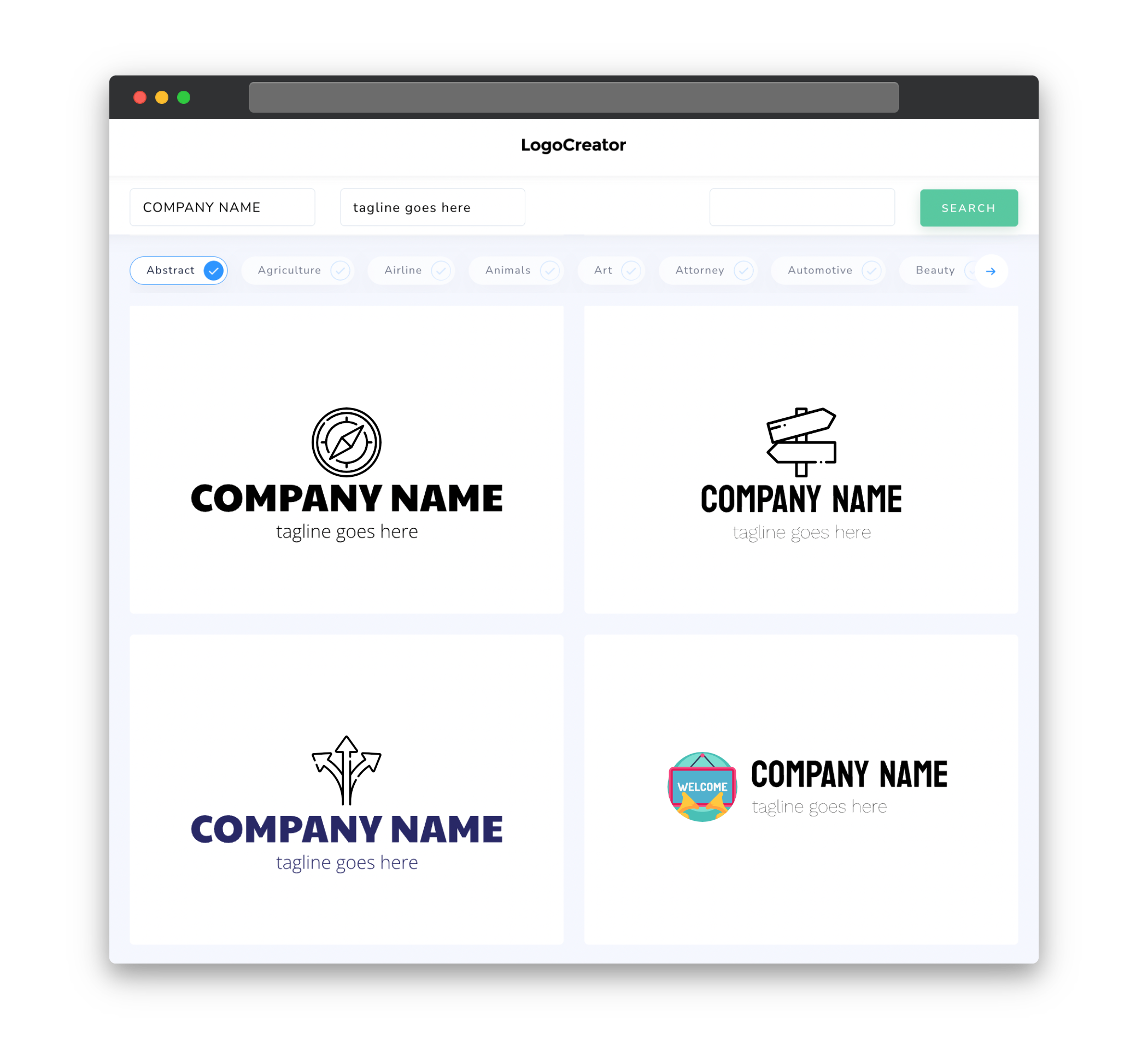Audience
When it comes to designing a logo for your orientation program, it’s important to consider your target audience. Your logo should reflect the values and mission of your orientation program, while also appealing to the incoming students and their families. Using a visually engaging and relatable design will help create a positive first impression and generate excitement among your audience. Consider incorporating elements that represent the spirit of your institution, such as its location, campus landmarks, or school colors to create a logo that resonates with your target audience.
Icons
Icons can be a powerful tool in logo design as they have the ability to communicate complex ideas or concepts quickly and effectively. When designing a logo for your orientation program, consider using icons that symbolize elements of the orientation process, such as learning, exploration, community, and growth. Icons can be used as standalone elements or combined with other design elements to create a unique and memorable logo for your program.
Color
Color plays a crucial role in logo design as it evokes emotions and sets the overall tone and mood of your orientation program. When choosing colors for your logo, consider the personality and values of your institution. Bright and vibrant colors can convey energy and excitement, while softer and more muted colors can evoke a sense of calm and professionalism. Additionally, using colors that are already associated with your institution can help create a sense of continuity and brand recognition.
Fonts
Fonts are a key element in logo design as they contribute to the overall personality and style of your orientation program. When selecting fonts for your logo, consider the readability and legibility of the font, as well as how it aligns with the tone and style you want to convey. Clean and modern fonts can give a sense of professionalism and authority, while playful and unique fonts can add a touch of creativity and excitement. Combining different fonts can also help create contrast and visual interest in your logo design.
Layout
The layout of your logo is important for creating a visually balanced and cohesive design. Consider the placement and arrangement of the various design elements, such as icons, text, and any additional graphics. The logo should be well proportioned and easy to comprehend, even when viewed at different sizes. A simple and clean layout will ensure that your logo remains versatile and adaptable across various marketing materials and platforms.
Usage
When designing your orientation program logo, consider the various ways it will be used and ensure it is scalable and adaptable to different formats. Your logo will be used on various materials, such as brochures, banners, websites, and social media platforms, so it is important to create a design that can be easily resized without losing its clarity or impact. Additionally, consider creating different versions of your logo, such as a simplified version or a monochrome version, to ensure it remains legible and visually appealing in different contexts and applications.



